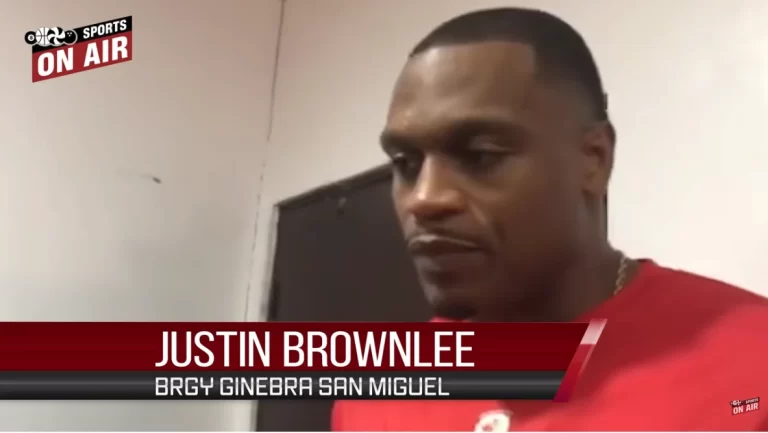The way we communicate has changed, over time due to the evolution of media. Its important to grasp what makes communication via media impactful. With the rise of platforms like social media and digital channels alongside traditional newspapers and television the rules for communication have adjusted to suit these formats. This article delves into the aspects that make communication through media effective and how they can be utilized to achieve desired results.
Clear and Concise Messaging
Effective communication via media begins with messaging. In a time when people are bombarded with information it’s important to share messages that are simple and easy to comprehend. Whether it’s through writing, visuals or audio clarity ensures that the audience understands the message without any confusion. To achieve communication it’s crucial to steer clear of jargon use language and structure content in a way. For example a news article should present information in an order while a social media post should deliver its message in a concise and captivating manner.
Audience Understanding and Targeting
Knowing who you’re talking to and what they like is key, for successful media communication. Each platform appeals to groups of people so it’s important to customize your content to suit their preferences and needs. By studying your audience you can discover what they enjoy how they behave and what they’re into. For instance if a brand wants to reach out to millennials they might use Instagram and TikTok for eye catching visuals and fun interactions. On the hand if they’re targeting professionals LinkedIn would be the go to platform with content. Tailoring your message to meet audience expectations boosts engagement and makes a lasting impression.
Engaging and Relevant Content
Content that grabs attention and is relatable is more likely to engage an audience and spark interaction. Captivating content often incorporates storytelling, eye catching visuals and interactive features that resonate with viewers. Relevance ensures that the content speaks to trends, topics or interests that matter to the audience. For instance a blog post on the latest advancements in technology should delve into emerging tech and their potential impact. Meanwhile a video tutorial should provide tips that can be easily implemented. When content is engaging and relevant it builds a bond, with the audience and fosters ongoing engagement.
Consistency Across Platforms
When a brand communicates consistently, through media channels it reinforces its message and solidifies its identity. Uniformity in tone, style and messaging creates a cohesive brand experience for the audience. This consistency fosters trust and dependability as people come to recognize and connect with the brands voice and values. For example a companys social media presence should match its website content and advertising materials to uphold a brand image. Consistent communication also guarantees that key messages are effectively communicated across platforms.
Effective Use of Visuals and Multimedia
Using visuals and multimedia is essential, for effective communication in media. Things like images, infographics and videos can improve understanding and memory by simplifying complex information. Adding elements can also make content more interesting and memorable. For instance a social media campaign that features attractive graphics and brief videos can grab attention better than just text. Incorporating quality visuals and multimedia aids in delivering messages in a way. That resonates with the audience.
Timely and Relevant Updates
In media communication being on time and relevant is crucial. Giving updates makes sure that the information is up to date and shows the latest news or trends. This is especially true for news outlets where reporting is key, to keeping the audience informed. In fields like marketing and public relations quick reactions to events or customer comments show that a brand is responsive and attentive. For instance a company may issue a statement or launch a campaign in response to an event or trend to stay connected and engaged with its audience.
Interactive and Two-Way Communication
The way we communicate through media is evolving, with a focus on engagement and two way communication. Today’s media platforms enable interaction where viewers can share their opinions, pose questions and join conversations. This interactive method cultivurs a sense of community and involvement making the communication process more lively and inclusive. By promoting audience interaction through comments, polls and live chats we can boost engagement and gain valuable insights into audience preferences and feelings.
Conclusion
The changing landscape of media has brought about new ways of communicating highlighting the need for messaging that is clear, captivating and relevant. It’s crucial to know your audience stay consistent use visuals and deliver information on time to communicate effectively through media. Incorporating elements and engaging in interactions can further improve communication strategies. As media progresses adjusting to these principles will aid in creating messages that connect with audiences and yield impactful outcomes.
This press release has also been published on VRITIMES




